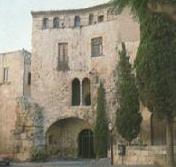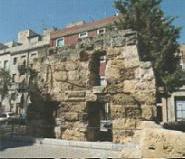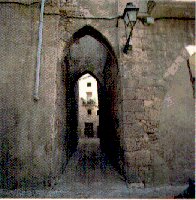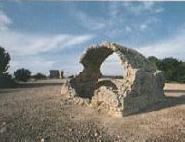PLAÇA DEL PALLOL (exterior) In this square, a splendid Roman doorway of the Provincial Forum is preserved among other medieval constructions. |
 |
Da vedere a Tarragona
PLAÇA DEL PALLOL (exterior) In this square, a splendid Roman doorway of the Provincial Forum is preserved among other medieval constructions. |
 |
| THE PROVINCIAL FORUM WALLS (exterior) Remains of the Roman wall of the Provincial Forum. In ancient times, it was the see of the public administration of the Roman province of Tarraco (Ic a.C.) |
 |
| THE JEW AREA (exterior) Area occupied by this ancient community in medieval times and where some gothic archs are preserved. |
 |
 |
ELS MUNTS (25 minuts) (12 Km.). It is located in the town of Altafulla on a hill that slopes gently down towards the sea. There are three thermal baths. This villa was built in the 1st c. and inhabitated until the 5th c. The main rooms were decorated with mosaics, marble and fresh paintings. |